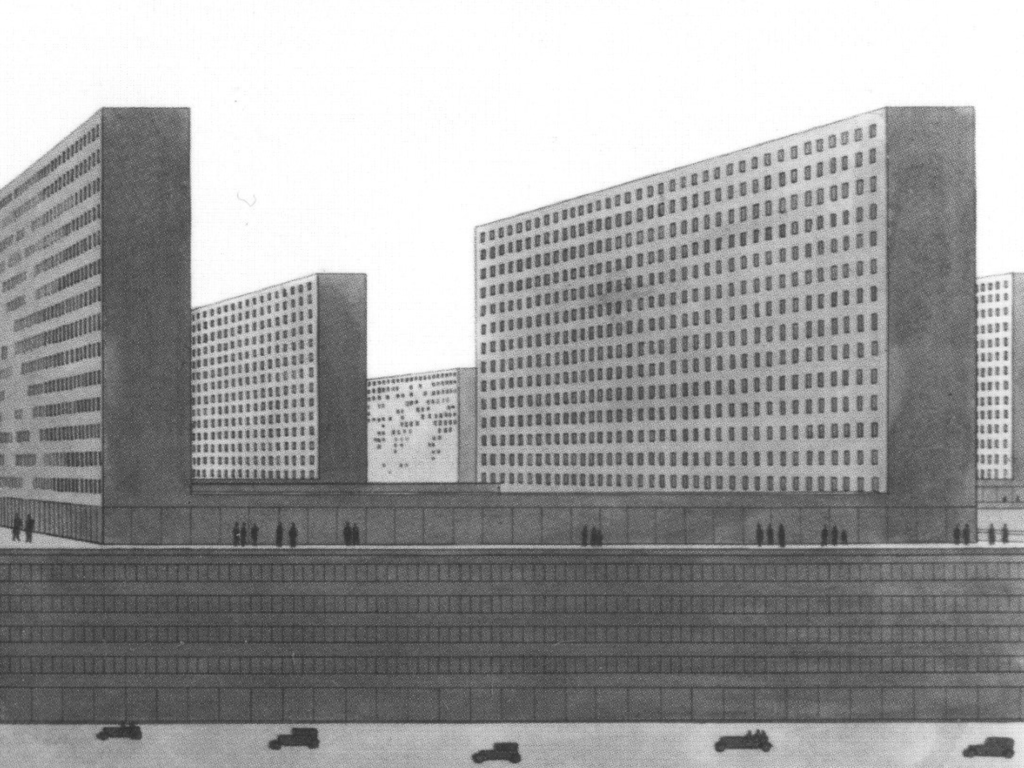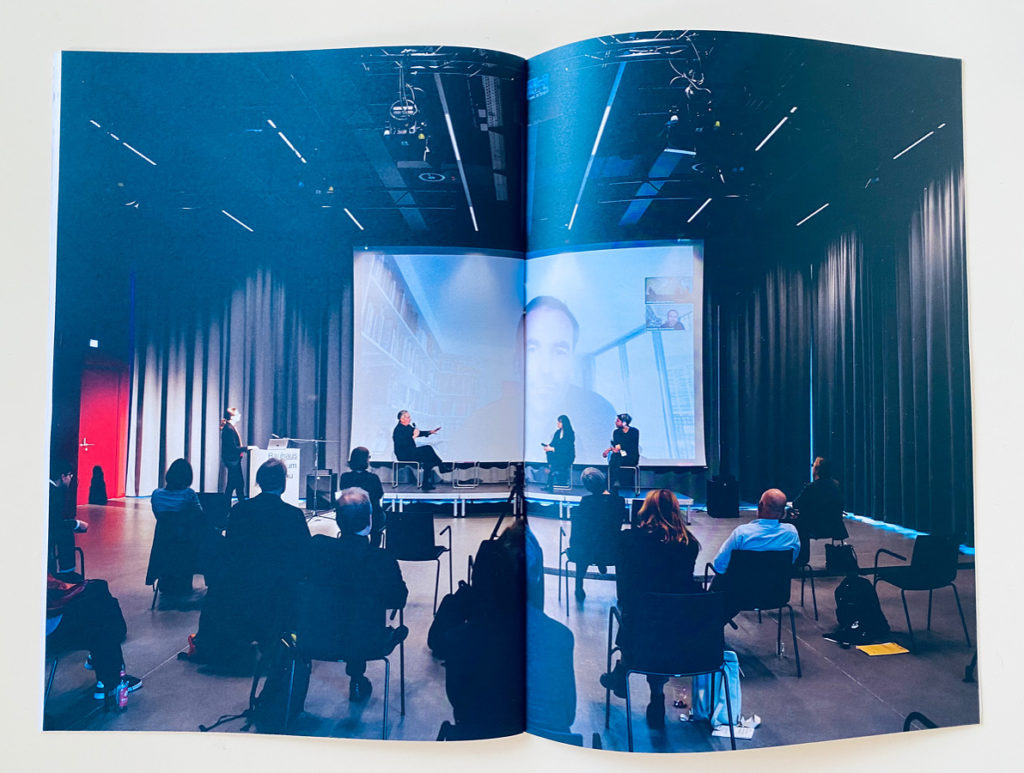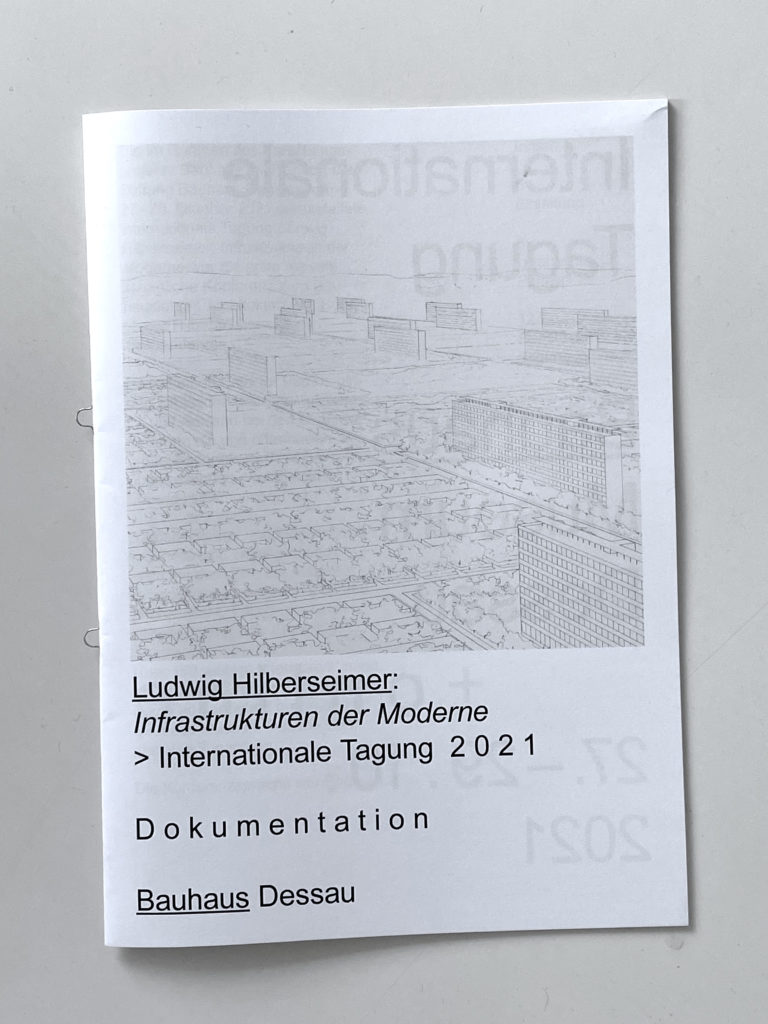
“Invention of a Metropolitan Architecture: From the Existing City to Interior Urbanism” lecture at the Bauhaus Dessau Conference Hilberseimer – Infrastructures of Modernity, October 28, 2021.
In 1914, while still working as a draftsperson in the Berlin office of Heinz Lassen, the aspiring architect Ludwig Hilberseimer poured over the newly published book Die Architektur der Großstadt (1913) by Karl Scheffler. This early engagement with Scheffler’s work would guide his understanding of the city and foreshadow the formulation of a “metropolitan architecture” as he would define it in 1927 under the title Großstadtarchitektur. While Scheffler’s argument is based in observations of the existing city—trends within the metropolis, unrecognized by architects yet poised for future works—Hilberseimer began where Scheffler left off and articulated a design approach that extrapolates from the metropolis with the ambition to reorient it away from the individual and toward the collective. Analyzing the beginning of Hilberseimer’s studies of the city, highlighting its indebtedness to the work of Scheffler, and understanding it as a baseline for his first major publication on the city, this lecture argues for the importance of the metropolis in the work of Hilberseimer. While much rhetoric was and still is devoted to Hilberseimer’s austere and aggressive formal language, which can give the impression of an anti-urban posture, this lecture will show how Hilberseimer sourced from the existing metropolis, its building types, materials, and infrastructures. It will reveal how the latter was as much influenced by an understanding of existing urban circulation as it took clues from the interior of architectural works. That suggests that Hilberseimer’s urbanism should be less considered a top-down blueprint of a planner but rather as a spatial invention by an architect, who continues to understand infrastructure not solely as a large-scale urban phenomenon but as a condition that penetrates all scales. It is telling that Großstadtarchitektur focuses only on buildings, even when it comes to “infrastructure,” as the chapter on “Verkehrsbauten” reveals.
From the conference catalog:

